1. Windtechnologische Gesellschaft WTG e.V., WTG-Merkblatt Nr. WTG 001/ 1996 – Windkanalversuche in der Gebäudeaerodynamik, Aachen, 1996
2. Windtechnologische Gesellschaft WTG e.V., WTG-Merkblatt M1 – Windkanalversuche in der Gebäudeaerodynamik, Aachen, 2023
3. Windtechnologische Gesellschaft WTG e.V., WTG-Merkblatt M2 – Windkomfort im Stadtraum, Aachen, 2023
4. Dyrbye, C., Hansen, S.O., Wind Load on Structures, John Wiley & Sons (1999)
5. Schlichting, H., Gersten, K., Boundary Layer Theory, 8th ed., Springer (2003)
6. Engineering Data Science Unit, Characteristics of atmospheric turbulence near the ground: strong winds (neutral atmosphere), Data Item 74031, 1974
7. Koss, H. H., Einfluss der Simulation des natürlichen Windes auf die Prognose des Überlastrisikos von Hallentragwerken, Dissertationsschrift, Ruhr-Universität Bochum, 2001
8. Wieringa, J., Representative roughness parameters for homogeneous terrain, Boundary Layer Meteorology, 63, 323-363, 1993
9. Counihan, J., Wind tunnel determination of the roughness length as a function of the fetch and the roughness density of three-dimensional roughness elements, Atmospheric Environment 5, 637-642, 1971
10. Cook, N. J., Determination of the model scale factor in wind-tunnel simulations of the adiabatic atmospheric boundary layer, Journ. Wind Engineering a. Industrial Aerodynamics 2, 311-321, 1978
11. Karimpour, A., Kaye, N.B., Baratian-Ghorghi, Z., Modeling the neutrally stable atmospheric boundary layer for laboratory scale studies of the built environment, Building and Environment 49, 203-211, 2012
12. Deutsches Institut für Normung e. V., DIN EN 1990:2010: Eurocode: Grundlagen der Tragwerksplanung, Beuth-Verlag, 2010
13. Deutsches Institut für Normung e. V., DIN EN 1991-1-4:2010-12: Eurocode 1: Einwirkungen auf Tragwerke – Teil 1-4: Allgemeine Einwirkungen – Windlasten, Beuth-Verlag, 2010
14. Deutsches Institut für Normung e. V., DIN EN 1991-1-4/NA:2010-12: Nationaler Anhang – National festgelegte Parameter – Eurocode 1: Einwirkungen auf Tragwerke – Teil 1-4: Allgemeine Einwirkungen – Windlasten, Beuth-Verlag, 2010
15. Engineering Science Data Unit, Integral length scales of turbulence over flat terrain with roughness changes, Data Item 86035, 1988
16. Kaimal, J. C., Wyngaard, J. C., Izumi, Y., Coté, O. R., Spectral characteristics of surface-layer turbulence, Quarterly Journal of Royal Meteorological Society 98, 563-589, 1972
17. Simiu, F, Scanlan, R. H., Wind Effects on Structures: An Introduction to Wind Engineering, 3rd Ed., John Wiley & Sons, New York, 1996
18. Olesen, H. R., Larsen, S. E., Hojstrup, J., Modelling velocity spectra in the lower part of the planetary boundary layer, Boundary-Layer Meteorology 29, 285-312, 1984
19. Tieleman, H. W., Universality of velocity spectra, Journal of Wind Engineering and Industrial Aerodynamics 56, 55-69, 1995
20. Fichtl, G. H., McVehill, G. E., Longitudinal and lateral spectra of turbulence in the atmospheric boundary layer at the Kennedy Space Center, Journal of Applied Meteorology 9, 1970
21. von Kármán, T., Progress in the statistical theory of turbulence, Proc. Nat. Academy of Sciences 34, 530-539, 1948
22. Counihan, J., Adiabatic atmospheric boundary layers: a review and analysis of data from the period 1880-1972, Atmospheric Environment 9, 871-905, 1975
23. Engineering Science Data Unit, Characteristics of atmospheric turbulence near the ground. Part II: single point data for strong winds (neutral atmosphere), Data Item 85020 & Amendm. A to E, 1990
24. CEN, EN 1991-1-4:2005, Eurocode 1: Actions on Structures – Part 1-4: General Actions – Wind Actions, Brussels, Belgium, 2005.
25. Tieleman, H. W., Wind characteristics in the surface layer over heterogeneous terrain, Journal of Wind Engineering and Industrial Aerodynamics 41-44, 329-340, 1992
26. Cook, N. J., The designer’s guide to wind loading of building structures, Part 1: Background, damage survey, wind data and structural classification, Butterworths, London, 1985
27. Cook, N. J., The designer’s guide to wind loading of building structures, Part 2 – Static structures, Butterworths, London, 1990
28. Harris, R.I., Deaves, D.M., The Structure of Strong Winds, Wind Engineering in the Eighties: Proceedings of the CIRIA Conference, London, 1980
29. International Organization for Standardization, ISO 4354:2009 - Wind actions on structures, 2009
30. Blocken, B., Stathopoulus, T., Carmeliet, J.: CFD simulation of the atmospheric boundary layer – wall function problems. Atmospheric Environment 41, S.238-252, 2007
31. Shimada, K, Ishihara, T, Application of the modified k-ε model to the prediction of aeroelastic AIJ characteristics of rectangular cross-section cylinders. Journal of Fluids and Structures, 16 (4), 465-485, 2002.
32. Commentary on AIJ-RLB, Architectural Institute of Japan, Recommendations on Loads for Buildings, Chapter 6 – Wind Loads, 81 pp. (English version), 2004
33. ASME Guide for Verification and Validation in Computational Solid Mechanics, 2006
34. VDI Richtlinie 6201, Softwaregestützte Tragwerksberechnung, 2015
35. Davenport, A. G., The application of statistical concepts to the wind loading of structures, Proceedings of the Institution of Civil Engineers 19, 449-472, 1961
36. Davenport, A. G., Note on the distribution of the largest value of a random function with application to gust loading, Proceedings of the Institution of Civil Engineers 28, 187-196, ICE Publishing, London, 1964
37. Davenport, A. G., Gust loading factors, Proceedings of the American Society of Civil Engineers 93, 11-34, 1967
38. Cook, N. J., Mayne, J. R., A novel working approach to the assessment of wind loads for equivalent static design, Journal of Wind Engineering and Industrial Aerodynamics 4, 149-164, 1979
39. Peng, X., Yang, L., Gavanski, E., Gurley, K., Prevatt, D., A comparison of methods to estimate peak wind loads on buildings, Journal of Wind Engineering and Industrial Aerodynamics 126, 11-23, 2014



.png?mw=350&hash=c6c25b135ffd26af9cd48d77813d2ba5853f936c)
















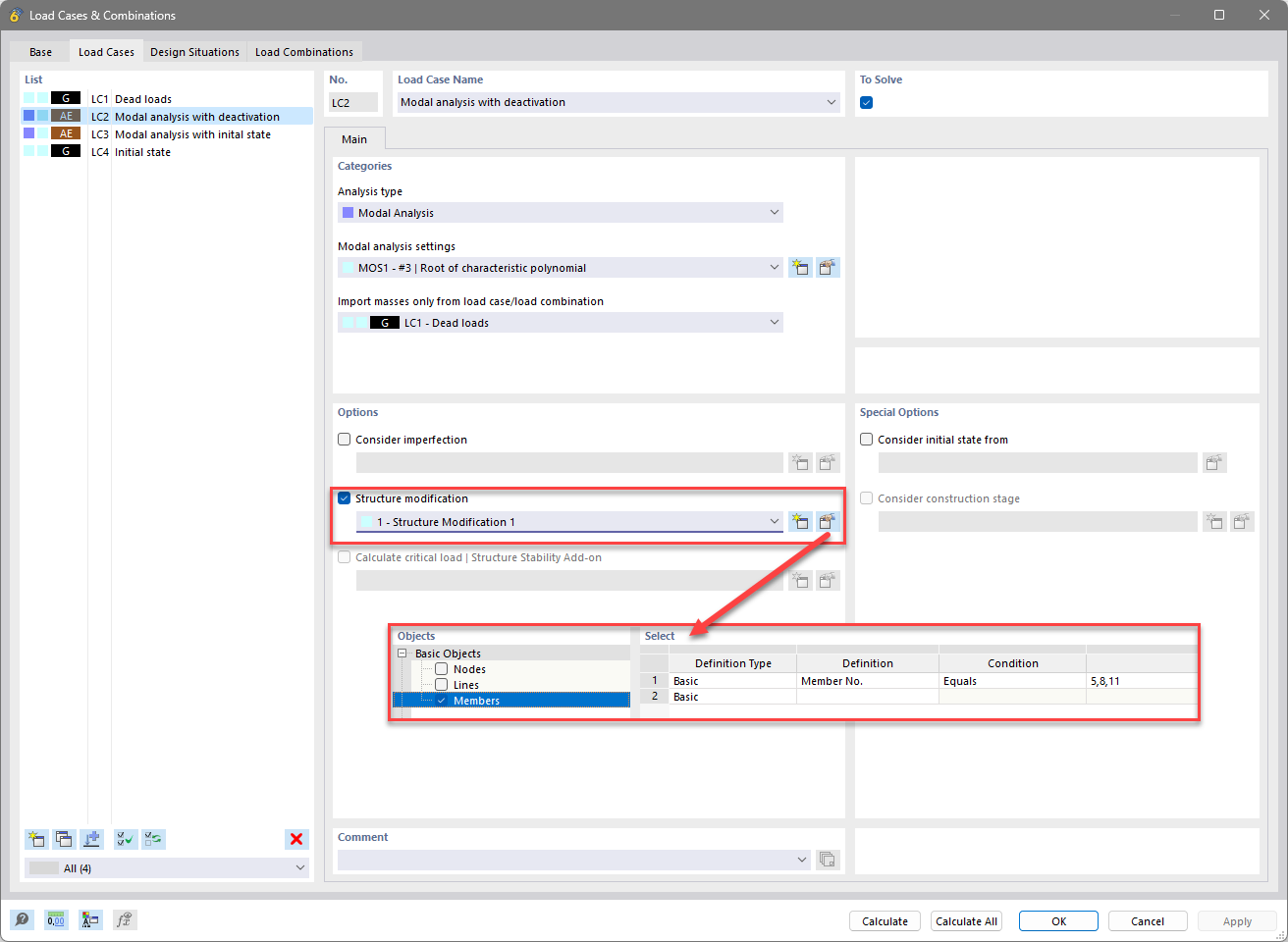
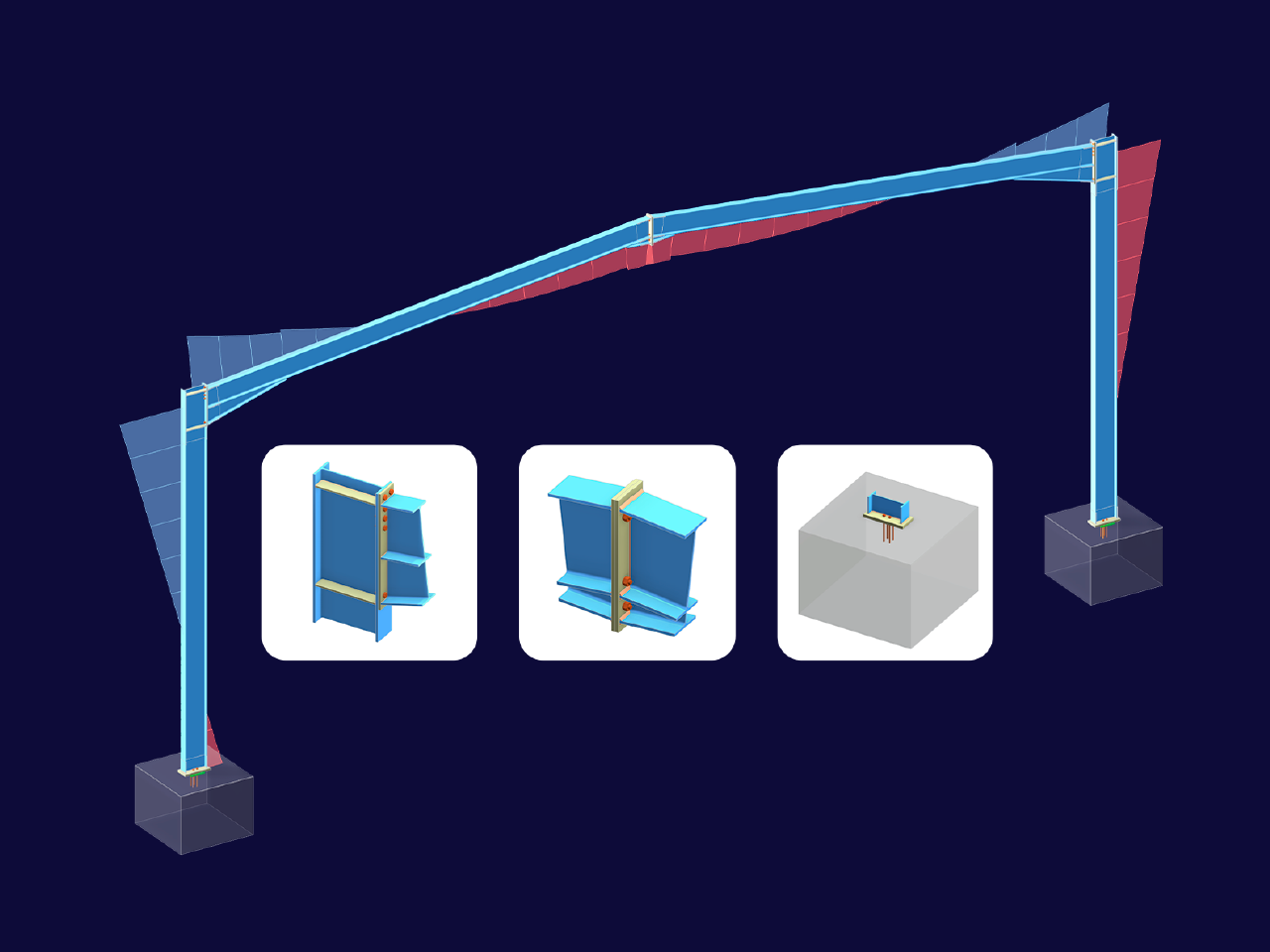
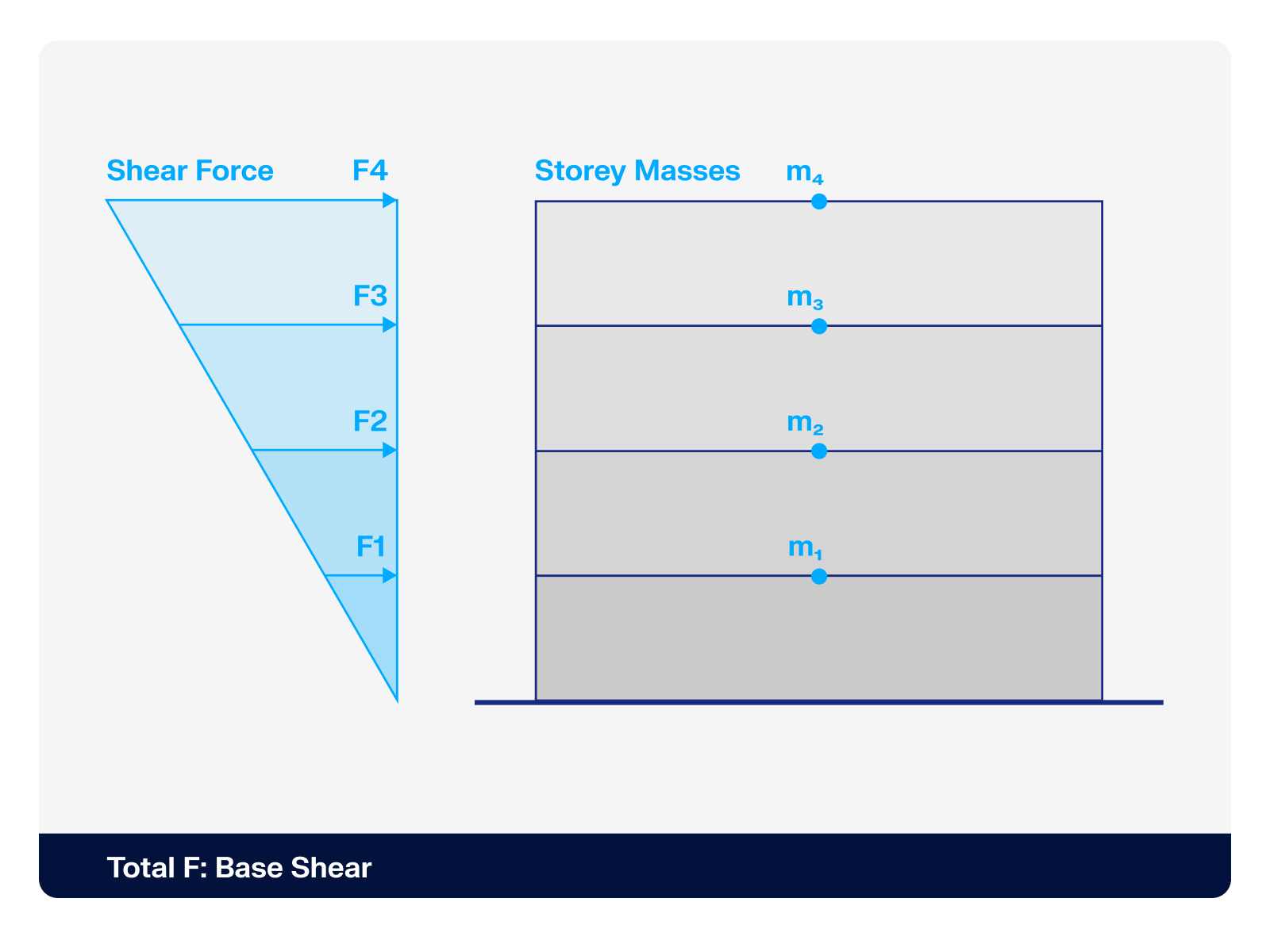.png?mw=512&hash=4a84cbc5b1eacf1afb4217e8e43c5cb50ed8d827)
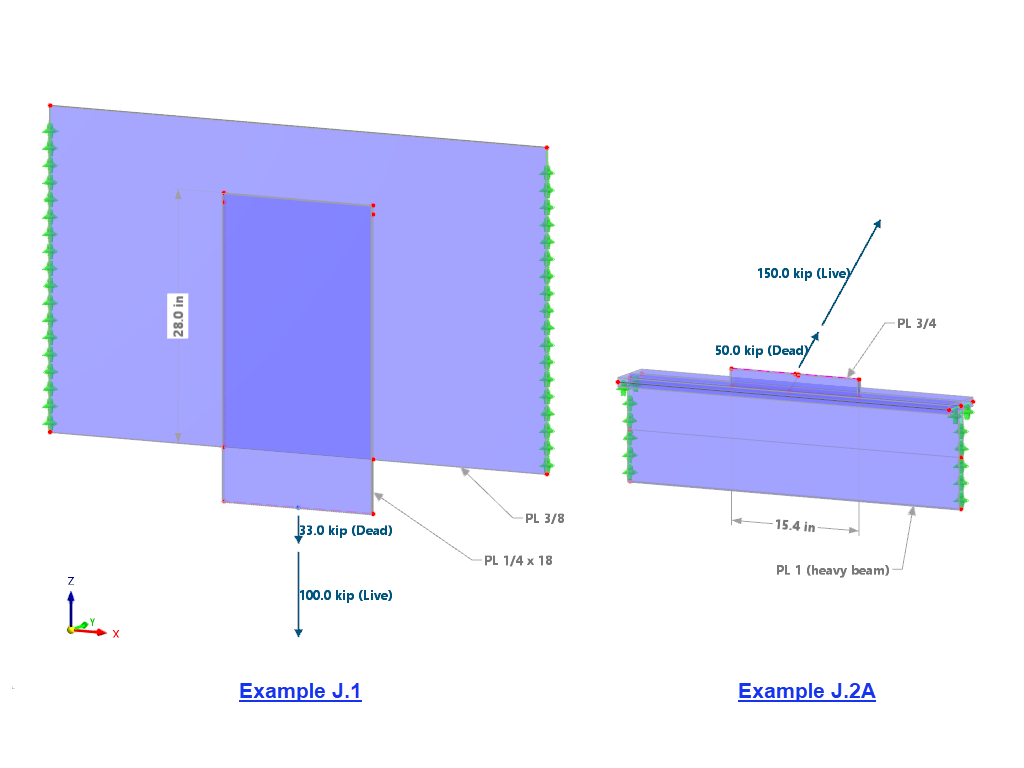








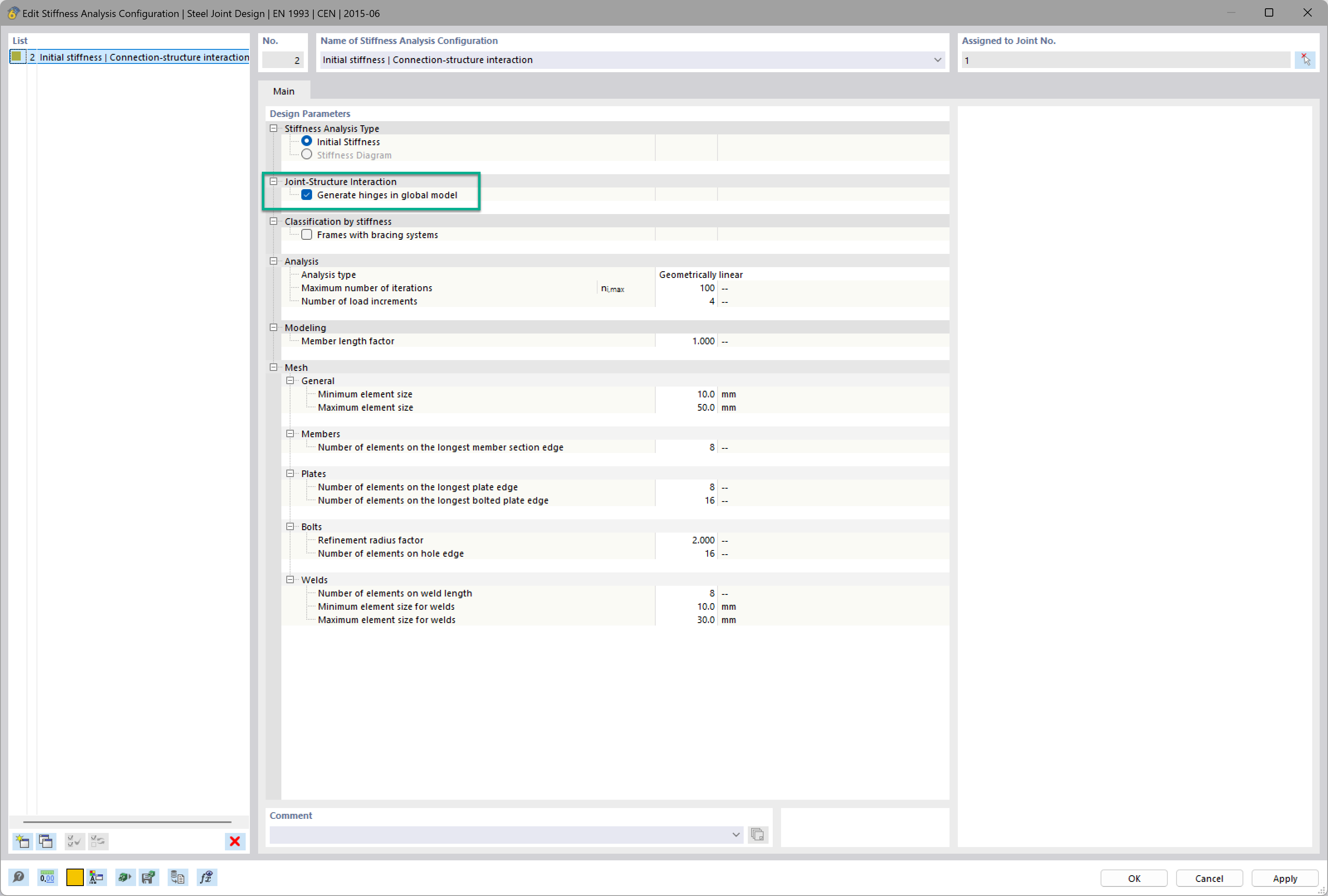
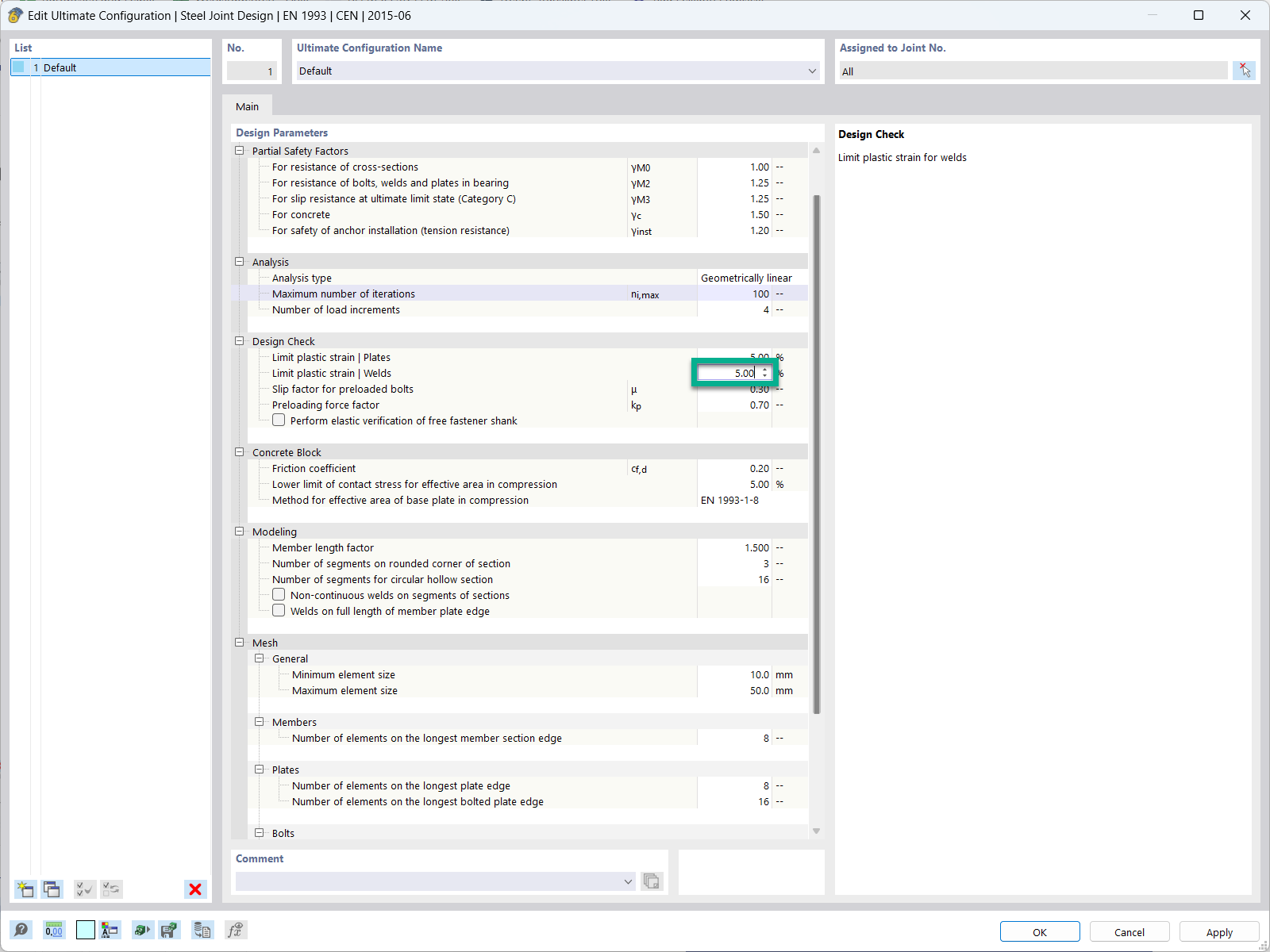
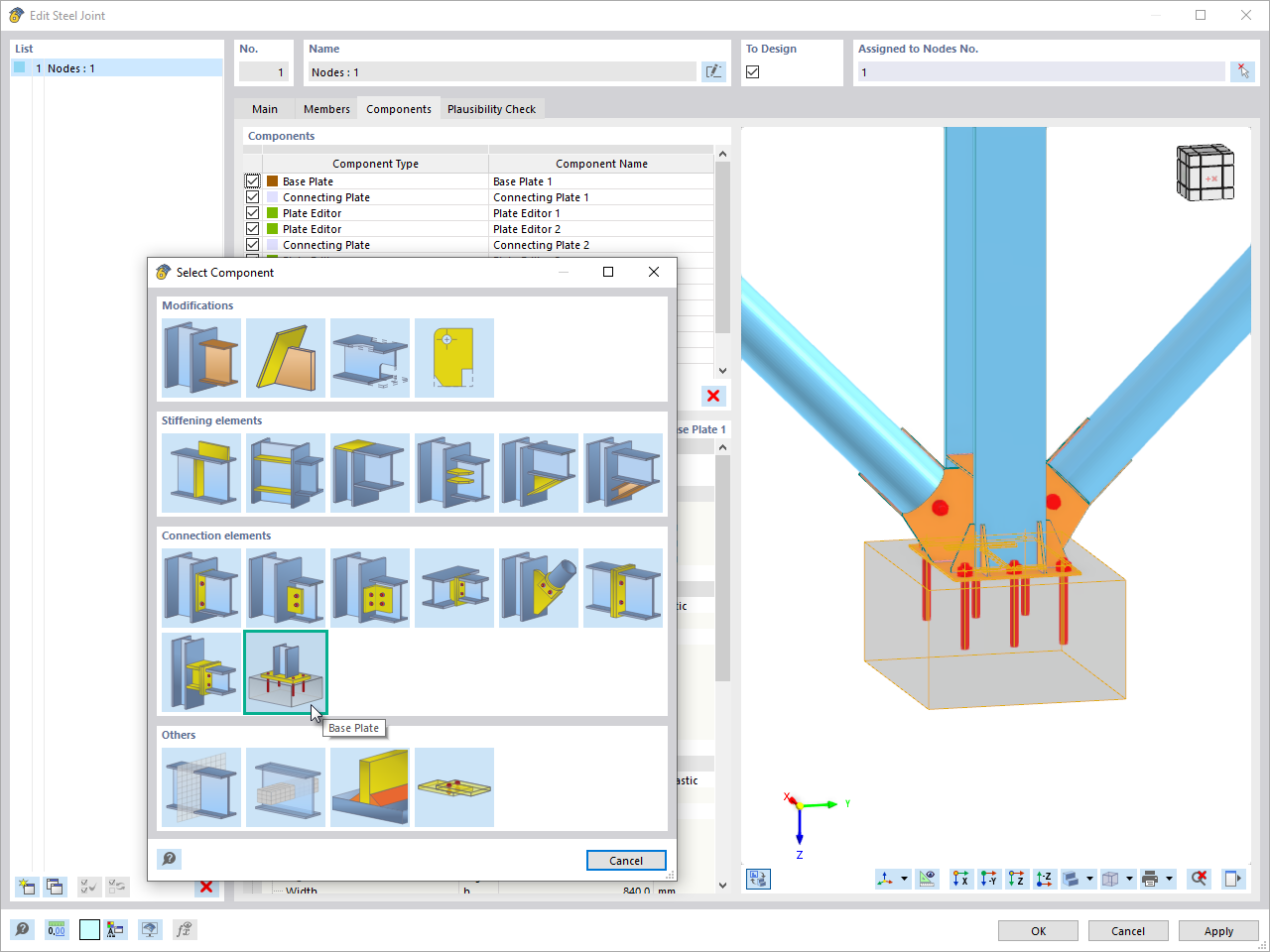
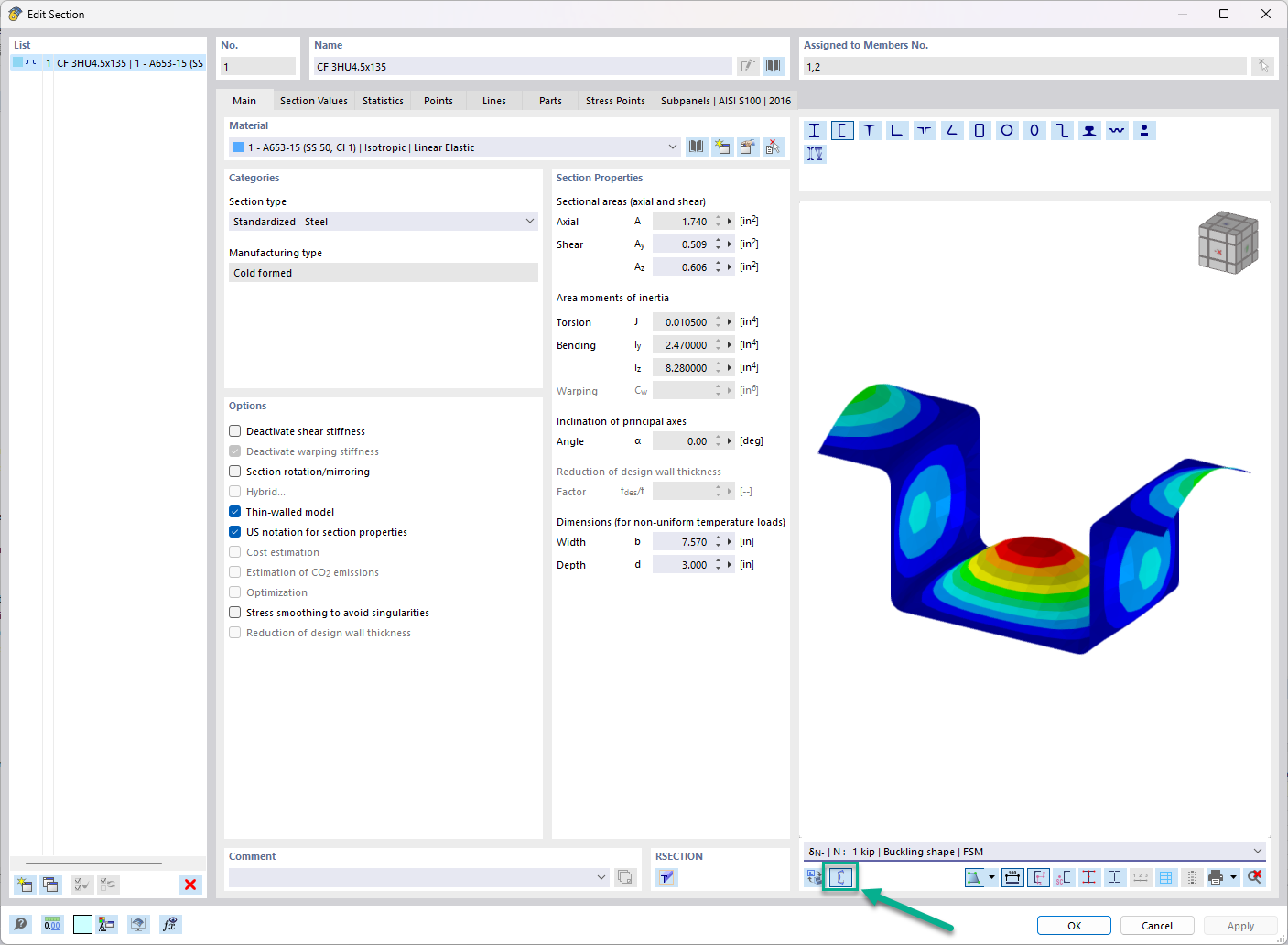



_1.jpg?mw=350&hash=ab2086621f4e50c8c8fb8f3c211a22bc246e0552)




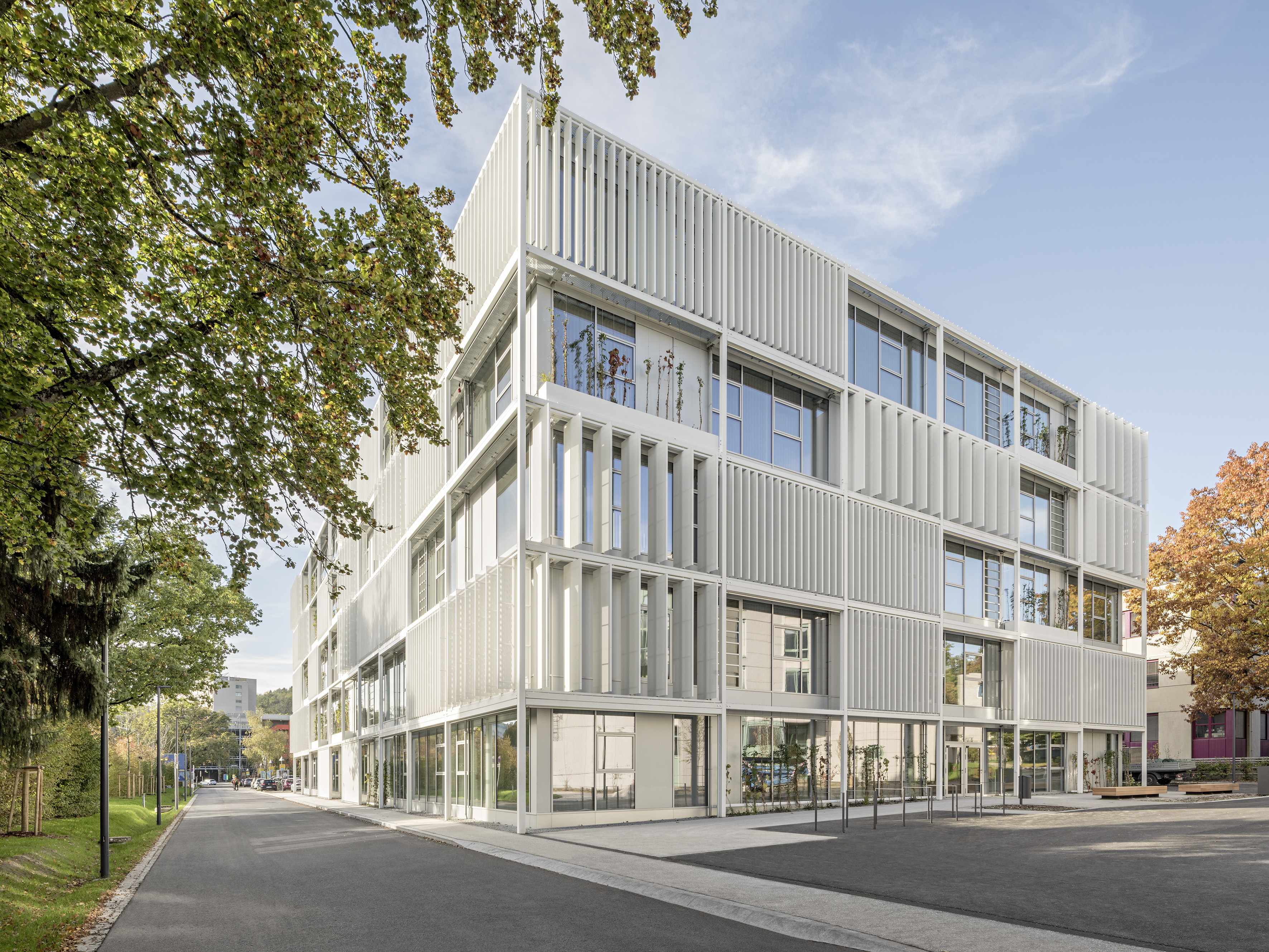-querkraft-hertha-hurnaus.jpg?mw=350&hash=3306957537863c7a7dc17160e2ced5806b35a7fb)